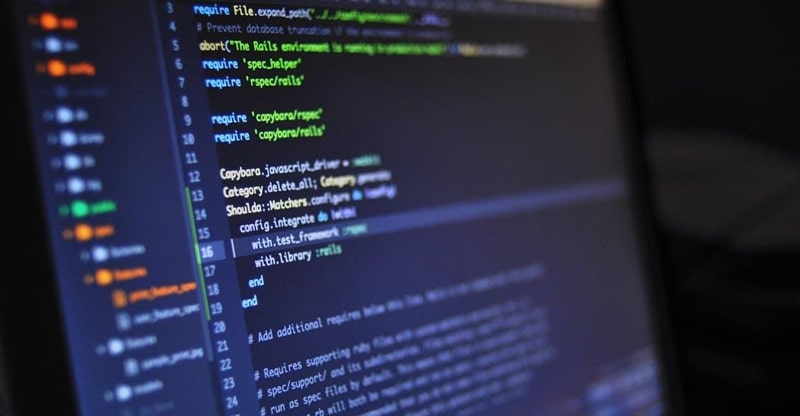Data Protection for Virtual Machines
A few years ago, it would have only been possible with Larry Houdini in Dont Look Under The Bed.
The advances of the digital age have given rise to many changes in the way businesses are conducted. With just one physical infrastructure, several people can enjoy software or IT infrastructure like servers that otherwise would have been bought individually – that is the magic of Virtual Machines (VMs).
And the world of technology has embraced virtual machines with open arms. Little wonder many companies have plumbed for virtual machines compared to traditional IT infrastructure.
VMs offer a plethora of advantages compared to traditional physical hardware. For starters, because VMs allow for several operating systems to exist on a single hardware system, the expense on hardware is drastically reduced while maintenance and data recovery becomes easier. And ultimately, this becomes a boon where it matters most: a company’s ROI and bottom-line.
Although VMs affords companies and individuals several opportunities, it also congregates data and information in an unprecedented way that makes hackers and disruptors drool. That is why every company or individual operating a VM should prioritize data protection like never before. Here are some tips for data protection in virtual machines.
Institute Proper Security Protocols
VM machines, while offering several benefits come with a weakness that traditional machines do not have: a single point of failure. In other words, once the virtual machine is compromised, the integrity of connected systems also suffers. Thus, proper IT security protocols should be instituted and maintained to ensure no such compromise is experienced.
For instance, access to the virtual system should be restricted and regulated to ensure unnecessary risk and exposure is avoided. Unauthorized access should be frowned upon and accounts should be created and secured on the host machine.
Also, activities such as browsing and surfing the internet on host machine should be avoided because this exposes the VM to risks such as spyware, malware and phishing attacks. Before any hardware is connected to the VM, it must be properly vetted to ensure it is compatible.
So, before a VM is implemented, an IT department must draw up protocols that are clear and precise to ensure everyone within a VM setup knows the do’s and don’ts.
Encrypt Data and Monitor Logs
Your data in a virtual environment including files, disk files, and core dump files, should be encrypted with secure encryption keys. This would make data unusable to any hacker. Every IT expert knows that for servers and databases, constant monitoring and review is the order of the day. That is also true for virtual machines. Alternatively, the quietest hard disk is also a good choice to store your files safely.
That is why event logs and security events both on the host machine and virtual machine should be monitored as a matter of protocol. The key is to keep tabs on the virtual environment to ensure that any untoward events are spotted and flagged before it is too late.
The virtual environment is a fluid field and ideas and trends constantly evolve. Keeping tabs on events such as Trends from VMworld 2019 would help you stay updated.
In a Sum
The VM revolution has caught up with individuals and businesses. In a bid to cut costs, ensure effectiveness and improve functionality, many businesses are resorting to VMs instead of the traditional IT infrastructure.
However, these VMs can be riddled with challenges if not well secured and implemented. That is why every business entity should ensure there are proper protocols guiding the use of VMs. Additionally, logs and activities with the VM should be monitored and periodically reviewed to ensure businesses stay ahead of the curve.



